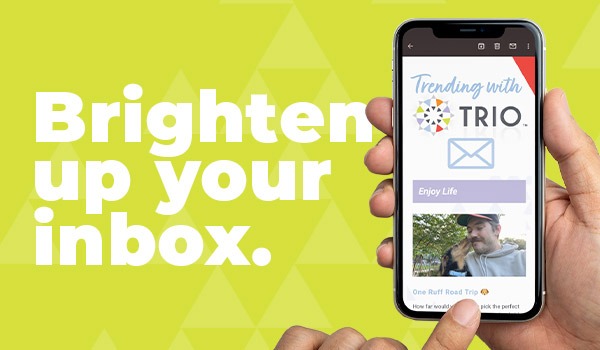Digital Marketing Terms You Need to Know
If you’ve dabbled in digital marketing before, chances are you have come across terms that make you feel like you’re speaking a different language. We get it. The digital media landscape can be a tough place to navigate, and without the right know-how, things can easily get lost in translation.
Which is why we’ve decided to lend a hand. Consider us your digital marketing translators, here to break down some of the most common digital marketing terms you need to know in order to survive in the expansive world of digital media.
Bounce Rate
Your bounce rate is the percentage of traffic that comes to your website and decides not to stick around. Maybe they arrived on your website and decided it wasn’t what they were looking for, or maybe they weren’t the right audience you were trying to reach. Either way, your bounce rate helps you determine how effective your website is at turning visitors into customers. Which brings us to…
Conversion Rate
A conversion rate is the percentage of potential customers who take some sort of action on your website (i.e. give you their email, download a form, etc.). A high conversion rate indicates that the people who are either clicking on your ad or visiting your website are a qualified lead and are taking steps toward becoming a customer. Translation: your conversion rate helps determine the effectiveness of your digital ads and the quality of the content on your website.
Cookie
If you read our blog on the General Data Protection Regulation (GDPR), then you may have an idea of what cookies are. To break it down even further, a cookie is an information file that is stored on your computer by a website as an identifier. Cookies are often used to manage your user preferences and increase the personalization of your browsing experience. Have you ever looked at a product on one website only to see an ad for that exact product pop up elsewhere? You can thank cookies for that.
Cost-per-acquisition (CPA)
This is the measurement of the cost of acquiring customers who click on your link or complete any type of action you’re requesting. CPA helps to determine your return on your marketing investment — in other words, the total marketing dollars spent compared to the total conversions. While cost-per-impression (CPM) and cost-per-click (CPC) are based on eyeballs and traffic, respectively, CPA is based on the specific action taken.
Cost-per-click (CPC) / Pay-per-click (PPC)
CPC and PPC are used in a specific digital marketing structure that bills advertisers based on how many users click their ad rather than how many times an ad is shown to users. This structure can be used for AdWords or Facebook ads and is often used when advertisers have a set daily budget. When the budget amount is reached, the ad is removed from the rotation for the remainder of the billing period.
Impression
An impression indicates the number of times a digital ad is served to users. However, it doesn’t actually indicate that an ad has actually been noticed. If you think about scrolling through your news feed or browsing a website, you’re getting served ads all the time. But are you actually looking at them? That’s why the conversion rate is typically a much more important metric than impressions.
Keyword Proximity
This refers to how close two or more keywords are to each other. If you are able to pair two keywords like “digital” and “marketing” close together in a natural way, then you’ll achieve higher rankings on search engines like Google.
Other keyword factors that Google ranks for includes density (the percentage of keywords found in text on the website), frequency (the number of times a keyword appears on a website) and prominence (how close to the beginning of the first sentence, title, header tag or meta description keywords are placed).
Retargeting
Retargeting is a marketing technique that allows you to serve specific messages to specific users based on where they are in the buying process. Retargeting is used to reconnect with or capture customers who have either visited your website, downloaded a form or previously made a purchase through your website. Through retargeting, you are able to remind users of your products or services and keep your brand top-of-mind.

If you want to discuss any of these terms further and how they may relate to your digital marketing strategy, feel free to give us a call! Our digital director Mark (pictured above with the magical beard) is fluent in digital dialect and our whole team loves to chat about all things marketing. #NerdsAlert
Keep reading...
4 Steps for a Solid Marketing Plan
Plenty of people think that all marketers do is make stuff look good and sound awesome. And while that is definitely part of it, there’s so much […]

Instagram Best Practices
Instagram. Ever heard of it? You’re living under a rock if not. This platform is quickly becoming one of the most popular social channels around, with more […]

